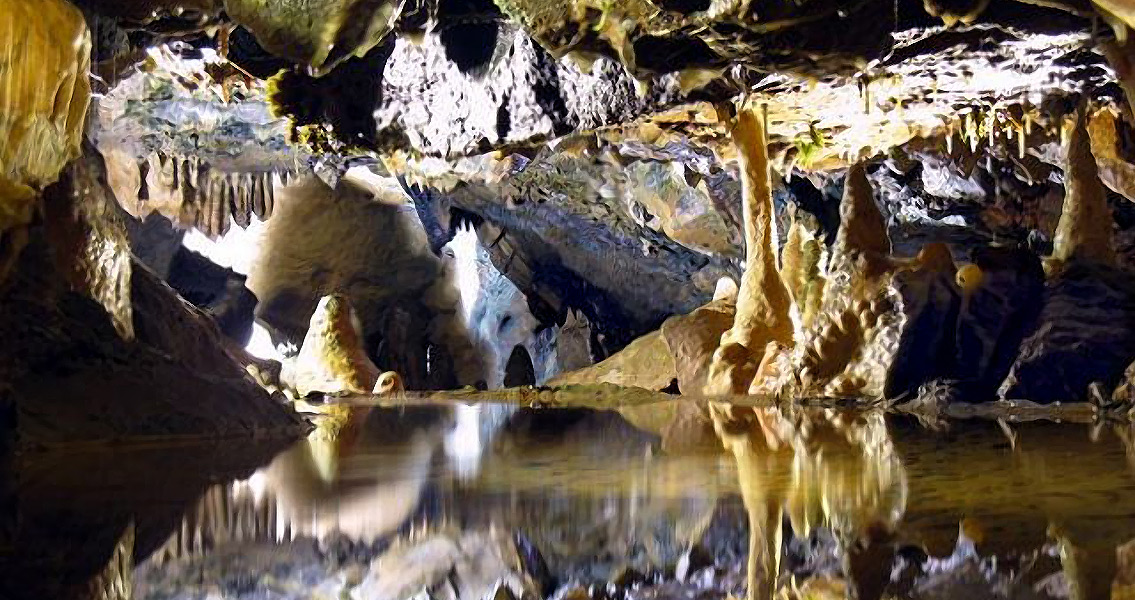<![CDATA[Ancient Britons had cannibalistic tendencies, new research has suggested. Human burial sites from 15,000 years ago are extremely rare. As a result of this dearth of evidence, our understanding of that time is particularly poor. In one specific location - Gough's Cave in Cheddar Gorge, Somerset - however, numerous human remains have been found from this period. This is a particularly important find and it provides important insights into the mortuary practices of ancient humans. The bones from Gough's Cave are remarkably well preserved, even at a microscopic level; this means that small marks are clearly visible. New research on some of the bones from Gough's Cave has revealed some rather grizzly behaviour. Human teeth marks have been found on human bones, suggesting cannibalism occurred amongst these communities. The research, led by Dr. Silvia Bello from the Natural History Museum's Department of Earth Sciences, has suggested the existence of a sophisticated system of butchering and carving human remains. "We've identified a far greater degree of human modification than recorded in earlier research," Dr Bello said. "We've found undoubting evidence for defleshing, disarticulation, human chewing, crushing of spongy bone, and the cracking of bones to extract marrow." The early humans in Gough's Cave were Magdalenians, a cultural group of hunter-gatherers who originated in southwest Europe. As the climate began to warm after the last ice age about 15,000 years ago, these Magdalenians moved northwards, entering Belgium and the Netherlands before reaching Britain. Based on analysis from new radiocarbon techniques, it appears that the bones in Gough's Cave were deposited over a very short period of time. It is possible that the bones were placed in the cave during a series of seasonal occupations, around 14,700 years ago. The team argue that this suggests that the Magdalenians returned to the area for short-term reasons such as hunting and the burying of their dead. There is evidence of cannibalistic behaviour from this period in other sites in central and western Europe. What Dr. Bello's research suggests is that cannibalism was not simply done for sustenance during hard times. Interestingly, Dr. Bello and her team argue that cannibalism was part of a mortuary practice which combined intensive processing and consumption of the bodies, even using skull-cups as part of the ritual. "Further analysis along the lines used to study Gough's Cave will help to establish whether the type of ritualistic cannibalism practiced there is a regional ('Creswellian') phenomenon, or a more widespread practice found throughout the Magdalenian world', said Simon Parfitt, a member of the research team, from the University of London. It has been suggested that Magdalenian funerary rites are 'archaeologically invisible' due to the lack of evidence from this period. The new research reveals this is not the case. That the butchery marks and human chew marks are so clearly visible means cannibalistic behaviour has been revealed. Cannibalism, the team argue, could have represented a cultural ritual surrounding the dead, rather than a last-resort strategy for survival. If this is the case, we will have to review the archaeological record for Magdalenian culture. If cannibalism was a cultural mortuary ritual, large amounts of accepted knowledge may have to be rewritten. For more information: www.sciencedirect.com Image courtesy of Wikimedia Commons user: Nachosan]]>
Evidence of Cannibalism Found in Britain
